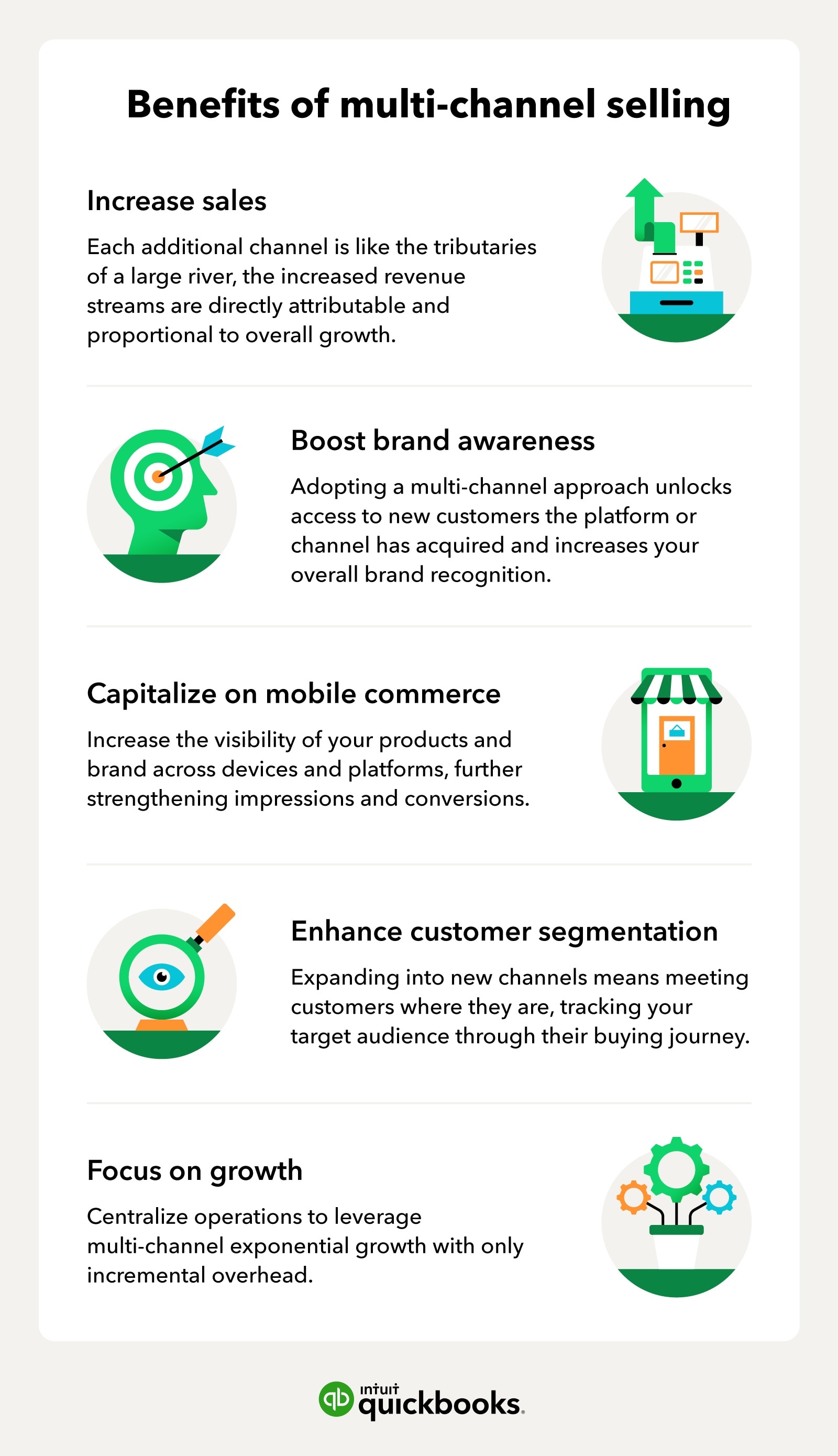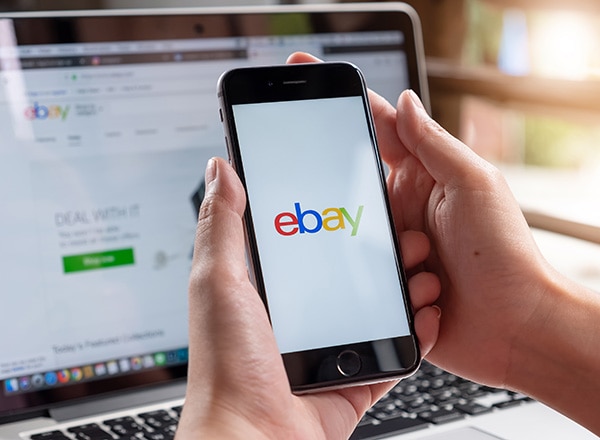You deal with plenty of challenges as an ecommerce business owner. Writing catchy product descriptions. Getting high-quality product photos. Maintaining your social media presence. Keeping accurate records.
But, there’s likely one big challenge that tops your list: making sales.
Like any other business owner, you want to get your products into the hands of more happy customers. Yet, with more than 350 million total products on Amazon and anywhere between 12 and 24 million companies selling their products online, competition is stiff for ecommerce businesses.
How can you grow your business and close more sales? It starts with multi-channel selling.












